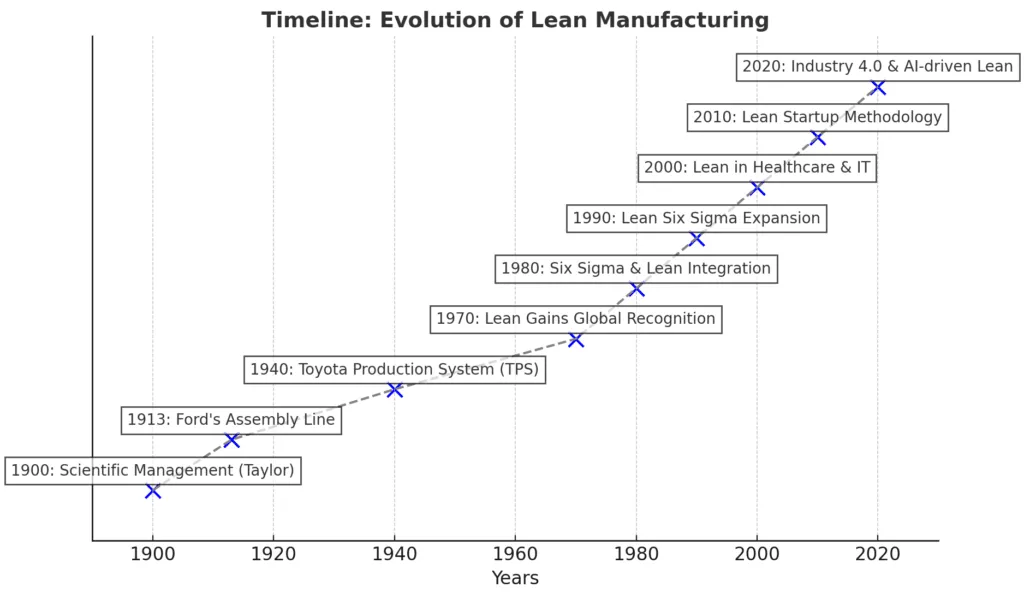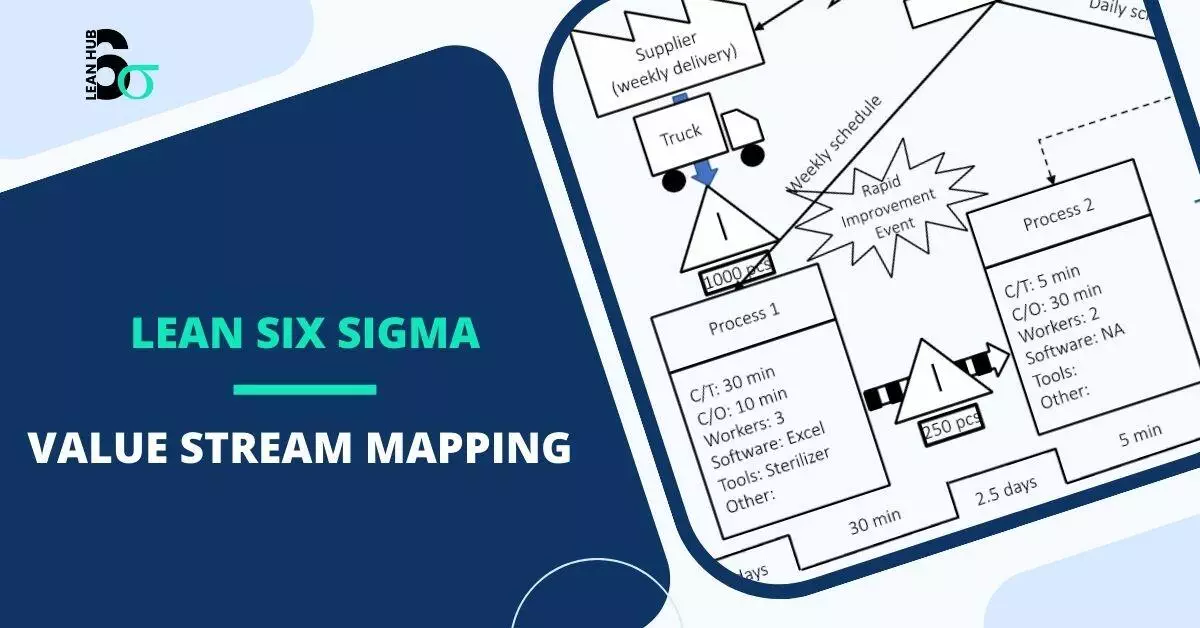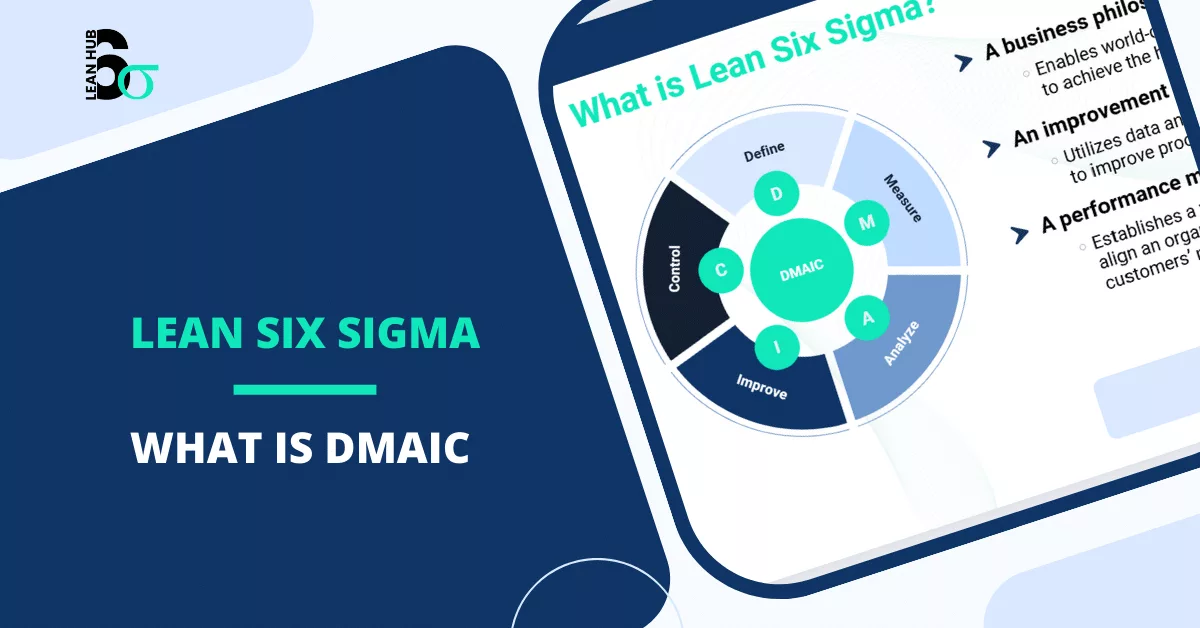Introduction
Lean manufacturing, often referred to simply as “Lean,” is a systematic approach to eliminating waste while delivering value to the customer. It has transformed industries worldwide by improving efficiency, reducing costs, and enhancing product quality. This article explores the history and evolution of Lean, tracing its origins from early industrial practices to its current applications across diverse sectors.
1. Origins of Lean: The Early Industrial Age
The principles of Lean manufacturing can be traced back to the early days of industrialization. Key historical milestones include:
1.1 The Influence of Scientific Management (Early 1900s)
Frederick Winslow Taylor, often regarded as the father of Scientific Management, introduced time and motion studies in the early 20th century. His key contributions included:
- Standardized work processes to improve efficiency.
- Time studies to optimize worker productivity.
- Task specialization to streamline manufacturing.
1.2 Henry Ford and the Moving Assembly Line (1913)
Henry Ford revolutionized manufacturing by introducing the moving assembly line at the Ford Motor Company. Key innovations included:
- Mass production techniques that drastically reduced production times.
- Interchangeable parts to simplify assembly.
- Just-in-Time (JIT) concepts, ensuring parts were available exactly when needed.
While Ford’s system was highly efficient, it lacked flexibility, as it focused primarily on producing a single model (Model T).
2. The Toyota Production System (TPS): Birth of Modern Lean (1940s–1970s)
The true foundations of Lean manufacturing emerged in Japan, led by Taiichi Ohno and Shigeo Shingo at Toyota. The Toyota Production System (TPS) was developed to enhance efficiency, eliminate waste, and improve product quality.
2.1 The Influence of Post-War Japan
After World War II, Japan faced resource scarcity and needed a manufacturing system that could maximize efficiency. Toyota engineers studied Ford’s assembly line and improved upon it by incorporating flexibility.
2.2 Core Principles of TPS
The Toyota Production System introduced several key principles that form the basis of Lean manufacturing today:
- Just-in-Time (JIT): Producing only what is needed, when it is needed, and in the exact quantity required.
- Kaizen (Continuous Improvement): Encouraging all employees to suggest and implement process improvements.
- Heijunka (Production Leveling): Smoothing production to minimize fluctuations and inefficiencies.
- Jidoka (Autonomation): Building quality into processes by stopping production when defects are detected.
- Standardized Work: Ensuring consistency in processes to improve efficiency and reduce errors.
2.3 The Seven Wastes (Muda)
Taiichi Ohno identified seven types of waste (muda) that should be eliminated:
- Overproduction – Producing more than what is needed.
- Waiting – Idle time due to delays.
- Transport – Unnecessary movement of materials.
- Over-processing – Doing more work than required.
- Inventory – Excess raw materials or finished goods.
- Motion – Inefficient worker movements.
- Defects – Errors leading to rework or scrap.
3. Lean in the Western World (1980s–1990s)
Lean concepts were introduced to Western businesses in the 1980s, largely through research conducted by American scholars.
3.1 The Impact of “The Machine That Changed the World” (1990)
In 1990, James P. Womack, Daniel T. Jones, and Daniel Roos published The Machine That Changed the World, a groundbreaking study on Toyota’s production system. The book popularized the term “Lean manufacturing” and highlighted its advantages over traditional mass production.
3.2 Adoption by American and European Companies
As manufacturers in the U.S. and Europe faced global competition, many adopted Lean principles to improve productivity. Key industries that embraced Lean included:
- Automotive (e.g., General Motors, Ford, Chrysler)
- Aerospace (e.g., Boeing, Airbus)
- Electronics (e.g., Motorola, Dell)
3.3 The Rise of Six Sigma and Lean Six Sigma
In parallel, Six Sigma, developed by Motorola in the 1980s, focused on reducing process variation and improving quality. Eventually, Lean and Six Sigma were combined to form Lean Six Sigma, a methodology that integrates Lean waste reduction with Six Sigma’s statistical quality control.
4. Lean Beyond Manufacturing (2000s–Present)
Lean principles have since expanded beyond manufacturing into service industries, healthcare, and technology.
4.1 Lean in Healthcare
Hospitals and healthcare providers adopted Lean to improve patient care by:
- Reducing wait times in emergency rooms.
- Streamlining surgical procedures.
- Eliminating administrative inefficiencies.
4.2 Lean in Software Development (Lean Agile)
In the tech industry, Lean principles influenced Agile development methodologies, emphasizing:
- Continuous delivery of small, incremental updates.
- Customer collaboration over rigid planning.
- Rapid adaptation to changes.
4.3 Lean in Startups (Lean Startup Methodology)
Eric Ries’ Lean Startup (2011) introduced Lean principles to entrepreneurship, focusing on:
- Building Minimum Viable Products (MVPs) to test ideas quickly.
- Iterating based on customer feedback.
- Eliminating unnecessary product features.
5. The Future of Lean
Lean continues to evolve with advancements in technology and industry needs.
5.1 Industry 4.0 and Lean
The fourth industrial revolution (Industry 4.0) is integrating Lean with smart manufacturing technologies, including:
- Artificial Intelligence (AI) for predictive analytics.
- Automation and Robotics to enhance efficiency.
- Internet of Things (IoT) for real-time data monitoring.
5.2 Sustainable Lean (Green Lean)
Environmental sustainability is driving Green Lean, which applies Lean principles to reduce environmental waste, such as:
- Minimizing energy consumption.
- Reducing carbon footprints in supply chains.
- Eliminating non-recyclable waste.
5.3 Lean in Remote and Hybrid Workplaces
The rise of remote work has prompted organizations to adapt Lean methodologies to virtual collaboration, using tools like:
- Kanban boards for workflow management.
- Digital twins for process simulations.
- AI-driven decision-making to optimize productivity.
Key Takeaways
- Lean manufacturing originated from early industrial practices but was perfected by Toyota in the mid-20th century.
- Toyota Production System (TPS) introduced key Lean concepts such as Just-in-Time, Kaizen, and waste elimination.
- Lean principles gained global recognition in the 1980s and were widely adopted across industries.
- Lean has expanded beyond manufacturing into healthcare, technology, startups, and more.
- The future of Lean is driven by technology, sustainability, and digital transformation.
FAQs
1. What is the main goal of Lean manufacturing?
The main goal of Lean is to eliminate waste while maximizing value for the customer.
2. How is Lean different from Six Sigma?
Lean focuses on waste reduction and efficiency, while Six Sigma aims to reduce process variation and improve quality.
3. Can Lean be applied outside of manufacturing?
Yes, Lean is widely used in healthcare, software development, finance, logistics, and startups.
4. What are the key Lean tools?
Some of the most common Lean tools include:
- 5S (Sort, Set in Order, Shine, Standardize, Sustain)
- Value Stream Mapping (VSM)
- Kanban
- Kaizen (Continuous Improvement)
- Poka-Yoke (Error Proofing)
5. What is the future of Lean?
Lean will continue evolving with AI, automation, sustainability, and remote work methodologies.










